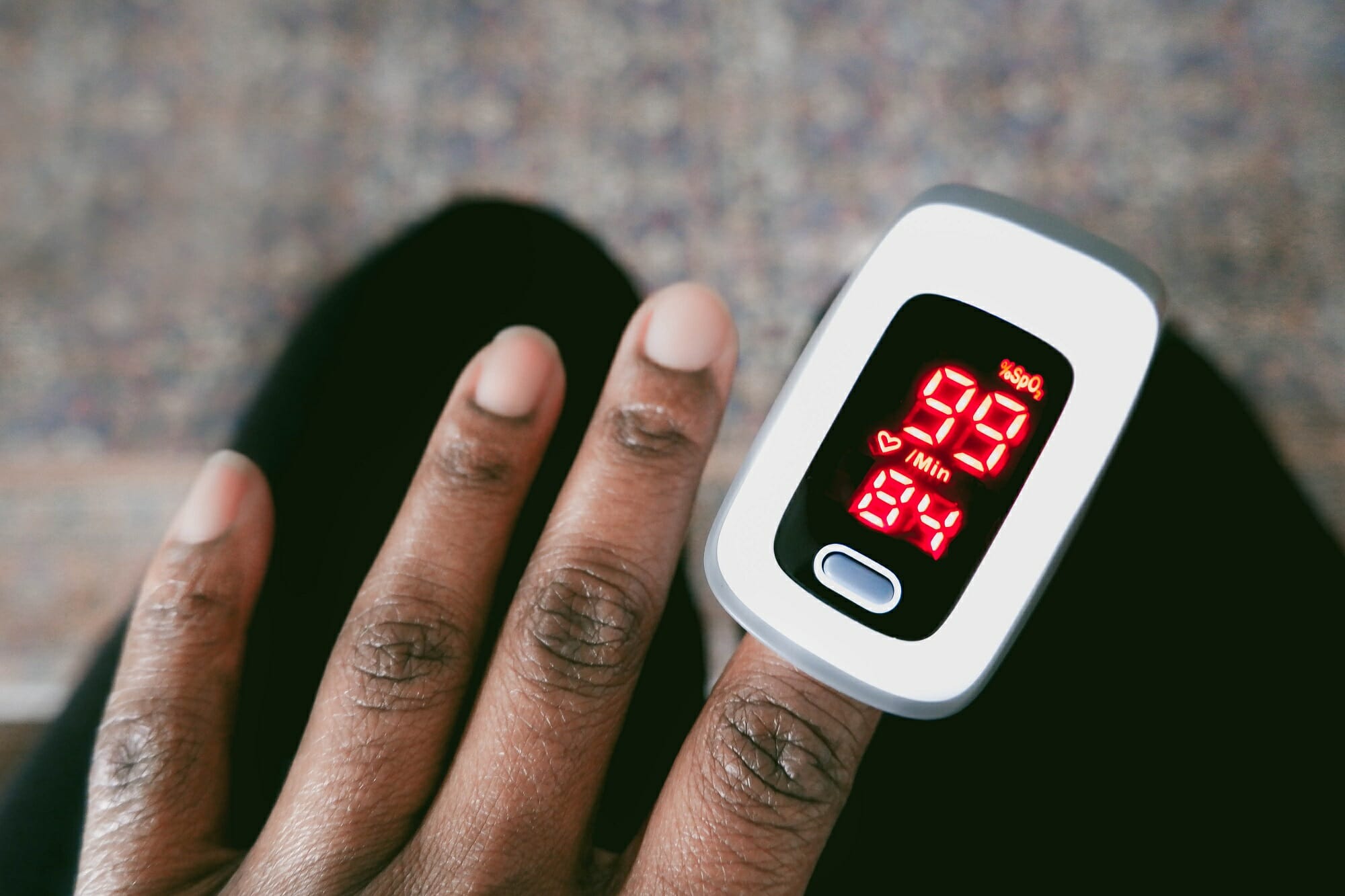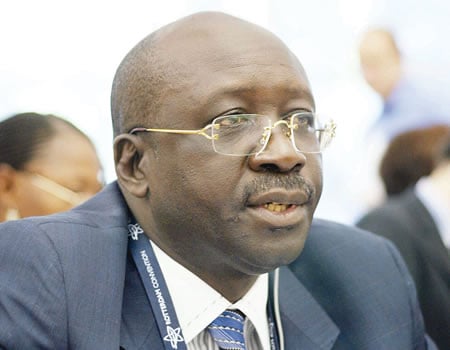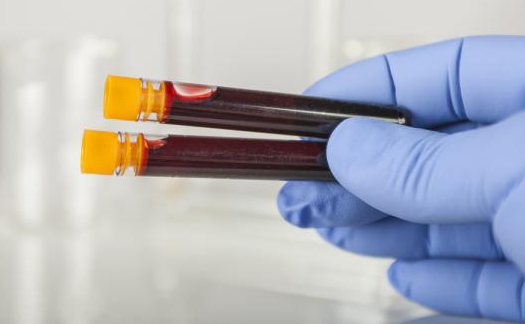By Nicholas Aderinto
A pulse oximeter, a small but powerful medical device used to evaluate and monitor a patient’s oxygen saturation level swiftly, has been discovered to offer biased findings to those with dark skin. While no one in Africa is talking about it, when the repercussions are examined, it is a tragic situation.
For decades, leading doctors, technologists, and researchers have disputed whether pulse oximeters are racially biased. But until the COVID-19 epidemic drew attention to this persistent bias, none of these disputes hit the news. The New England Publication of Medicine, England’s prominent medical journal, released a letter on racial bias on December 17, 2020.
Amy Moran-Thomas’ piece in the Boston Review preceded the letter to the editors. This bias has received a lot of attention since then. A number of US Senators wrote to the US Food and Drug Administration (FDA) requesting an investigation into the matter. Unfortunately, no one in Africa, a continent dominated by black people, talks about it, which is unfortunate when you consider the repercussions.
The present pandemic has been centred on pulse oximeters. According to Grand View Research Inc., the pulse oximeter market will be valued at $3.4 billion by 2028. But, more importantly than the financial ramifications, the pulse oximeter saves lives in its own right. The device measures oxygen saturation in percentages and assists physicians in making judgments. The expected percentage is from 95 to 100 percent. When the value falls below 92, 91, or 90, doctors administer oxygen, which saves patients’ life. This means that a single percentage point can have a significant impact. Patients’ oxygen levels are changed throughout the day based on the results of a pulse oximeter.
Advertisement
Several medical research has confirmed the bias. When compared to their white counterparts, black patients were found to be thrice as likely to have hypoxemia (low level of oxygen in the body circulation) that was not detected by the pulse oximeter in the most recent research conducted at the University of Michigan from January to July 2020, and the results were compared to those performed at 178 hospitals from 2014 to 2015.
This means that if a pulse oximeter reads 93 percent oxygen saturation, a patient’s actual oxygen saturation level could be as low as 90 percent, necessitating oxygen therapy. Slight variations like this could have a significant impact on patient care. More individuals may have died as a result of occult hypoxemia in Africa, where the majority of people are black, and the pulse oximeters used in hospitals are imported from white countries.
A pulse oximeter operates on a straightforward concept. The device emits infrared and red light through the skin, which is usually put on the fingers. The infrared is absorbed more by oxygen-rich blood, while red light passes through deoxygenated blood. This is how the devices help people make better decisions. However, the device is not the gold standard. Arterial Blood Gas Analysis is the most objective approach to determining oxygen saturation level; it includes drawing blood from an artery and analysing it. However, such investigation is not possible in resource-poor African countries, where most people are of darker skin.
Advertisement
Surprisingly, pulse oximeters were not originally developed with this bias in mind. Hewlett-Packard, the famed creator of HP Computers, was the first to build oximeters that considered colour and even disability status. This past, however, appears to be vanishing.
The ramifications of this racial bias are far-reaching and have a long history. In the 1970s, most photographic films were centred on the quality of photographs taken of black people. This bias was readily identified, and the required efforts were made to eliminate it. It is unknown whether such discrimination still occurs in photography.
Discourses about this bias, particularly about photo-sensing technologies, are more vital than ever. As part of the new artificial intelligence descending crusade, photo-sensing technologies are becoming increasingly popular. This technology, for example, is used in newer glucometers (devices that measure blood sugar levels), suggesting that black people may have received inaccurate glucose readings. AI is already making inroads in the medical field, and questions concerning the role of colour in many of these technologies must be addressed.
Nicholas Aderinto is a writing fellow at the African Liberty
Advertisement
Views expressed by contributors are strictly personal and not of TheCable.






